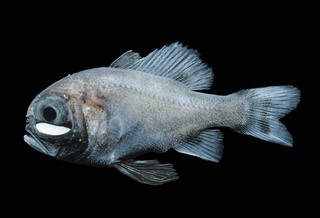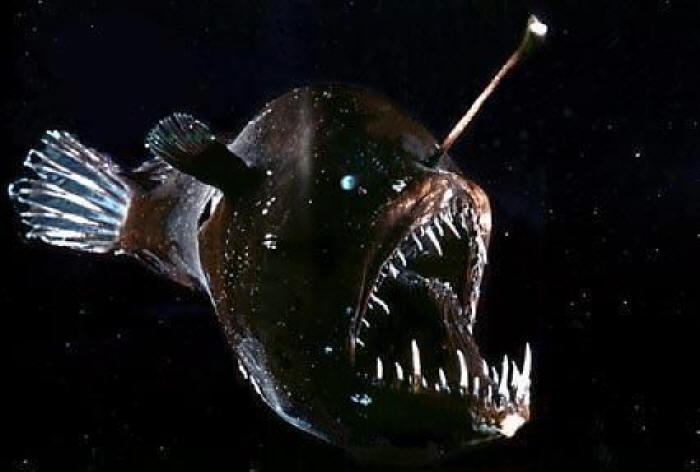Marine Microbes are organisms that are invisible to the naked eye. They include viruses, one-celled organisms and occasionally fungi. These microbes belong to all three domains of life and play many roles in marine ecosystems, such as producer, consumer,decomposer and parasite. Although unseen by visitors to the ocean, they are the most numerous organisms in the sea.
Viral Characteristics- viruses rely entirely on host cells for energy, material and organelles for duplicating themselves, a process called viral replication and can only reproduce inside a host cell.
Viruses seem to affect all groups of living organisms. Individual viruses are usually host specific, but families of viruses vary widely in the groups they infect. For example, the Papillomaviridae family of viruses, is restricted to vertebrates. But the Rhabdovirdaw family of viruses infects vertebrates, insects and plants. 

Many viral families are specific for bacteria, and they are generally called Bacteriopahges which translates into "bacteria eaters."
Marine Bacteria are primary producers, decomposers, agents in biogeochemical cycles, food for other marine inhabitants, modifiers of marine sediments and symbions and pathogens.
Bacteria have cells with simple, prokaryotic organization. Bacteria reproduce asexually by binary fission. IN this process a cells genetic material is duplicated, a membrane form between the duplicated, a membrane forms between the duplicated DNA molecules and the cell splits into two daughter cells of roughly equal size.
Cyanobacteria- most familiar; photosynthetic marine bacteria; also known as blue-green algae.
Chemosynthetic bacteria- present where light is absent from the water and sediments. Chemosynthetic bacteria use organic chemicals rather than light as a source of energy.
Heterotrophic bacteria- decomposers, which use available organic matter in their surroundings to obtain energy and material for synthesis of their own compounds and for general metabolism. These bacteria release exoenzymes that with the capacity to digest cellulose, lignin, chitin, keratin and other natural molecules that are otherwise resistant to decay.
Symbiotic bacteria- Symbiosis refers to the biological phenomenon in which two different organisms form a very close association with each other. Many bacteria have evolved symbiotic relationships with a variety of marine organisms. For example: several squid species have several bioluminescent bacteria in glands that are embedded in the ink sac.
Here is a video of a bioluminescent squid hunting !!
Many species of fish like this flashlight fish(right) have also developed symbiotic relationships with bioluminescent bacteria. The bacteria are usually found in pits or sacs located in the animals skin near the eye or jaw or on a lure like structure like this angler fish (left).


We have examined Marine microbes because of their abundance- more than any other organism in the sea- diversity, and significance in marine food webs, population biology and disease.
"Sea" you real soon!!!!

.jpg)
I like the video of the bioluminescent squid. The picture of the angler fish and flashlight fish are great visuals for an example of bioluminescence.
ReplyDelete